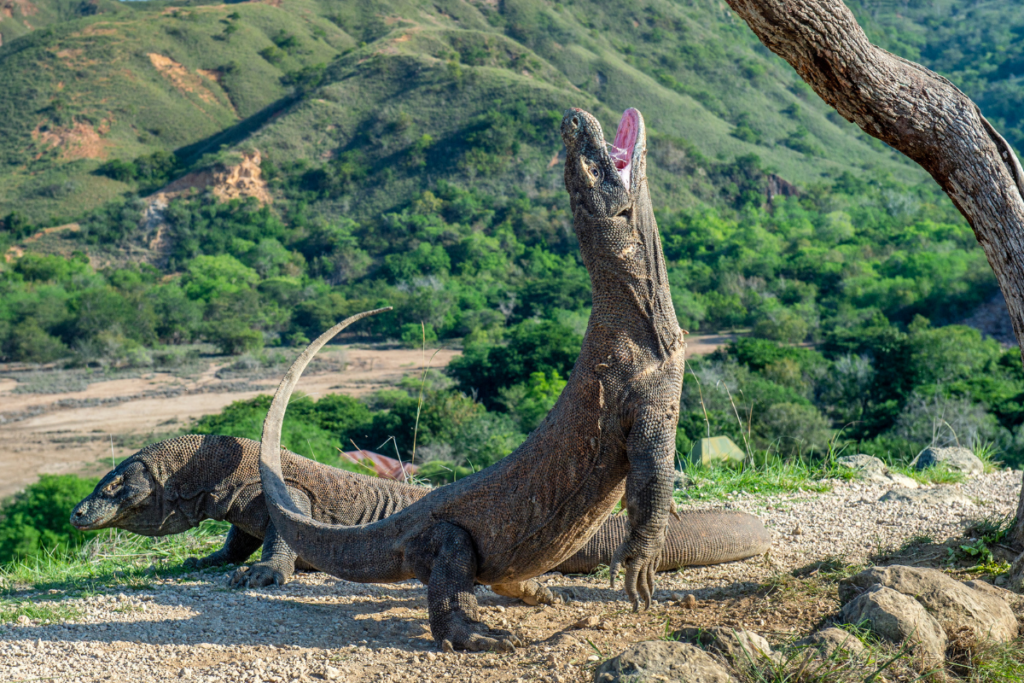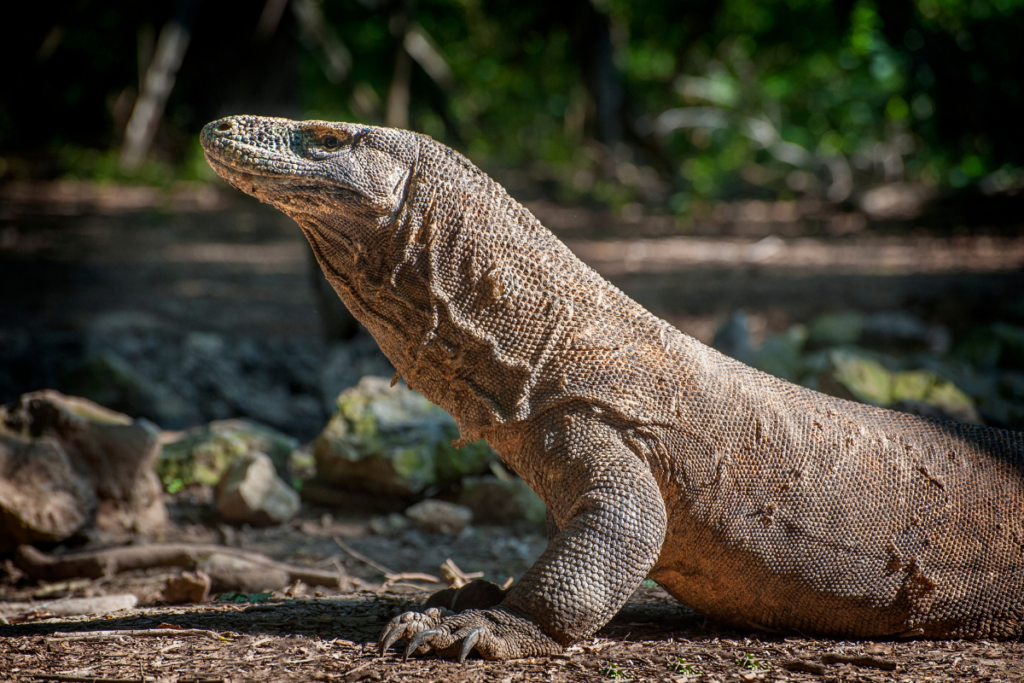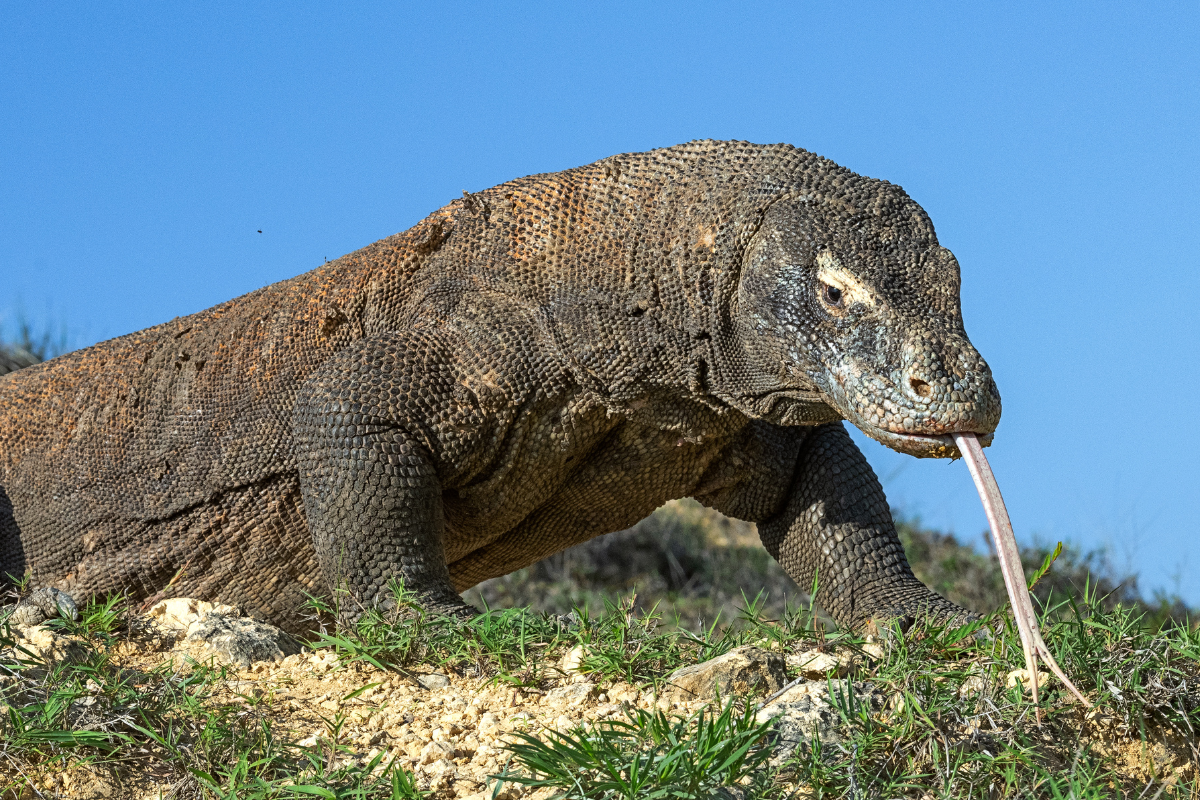Indonesia, a country rich in biodiversity and cultural heritage, boasts one of the most intriguing and formidable creatures known to the natural world: the Komodo dragon (Varanus komodoensis).
Found primarily on the islands of Komodo, Rinca, Flores, Gili Motang, and Padar, these massive lizards have not only captured the fascination of biologists and wildlife enthusiasts but also hold significant cultural and symbolic value within Indonesian society.
This article explores the multifaceted role of Komodo dragons in Indonesian culture, spanning folklore, conservation efforts, tourism, and national identity.
Mythology and Folklore

In Indonesian mythology, Komodo dragons are revered as powerful and mystical creatures.
They are often depicted in folklore as guardians of hidden treasures or as embodiments of ancient spirits guarding the islands where they reside.
Legends tell of their immense strength and cunning, traits that are admired and feared in equal measure.
These mythical narratives have contributed to the reverence and respect accorded to Komodo dragons by local communities, shaping cultural beliefs and practices over generations.
Cultural Symbolism

Komodo dragons hold a unique place in Indonesian culture as symbols of strength, resilience, and natural beauty.
Their ability to survive in harsh and rugged environments symbolizes the spirit of endurance cherished by many Indonesians.
Moreover, the distinctive appearance and predatory prowess of Komodo dragons have inspired art, literature, and traditional ceremonies, where their likeness is often featured in masks, carvings, and traditional dances.
Conservation Efforts

Despite their cultural significance, Komodo dragons face numerous threats to their survival, primarily due to habitat loss, poaching, and human-wildlife conflict.
Recognizing the importance of preserving this iconic species, Indonesia has implemented various conservation initiatives.
National parks such as Komodo National Park and efforts to promote sustainable tourism play a crucial role in safeguarding the habitats of these reptiles while raising awareness about their conservation needs among local communities and international visitors alike.
Tourism and Economic Impact
Komodo dragons are a major draw for ecotourism in Indonesia, attracting visitors from around the world eager to witness these ancient creatures in their natural habitat.
Tourism revenue supports local economies, providing livelihoods for communities near Komodo National Park and fostering cultural exchanges between visitors and residents.
However, sustainable tourism practices are essential to ensure that increased human activity does not jeopardize the fragile ecosystems that Komodo dragons depend on for survival.
National Identity
The Komodo dragon holds a prominent place in Indonesia’s national identity, symbolizing the country’s rich biodiversity and unique natural heritage.
As a national emblem, it reflects Indonesia’s commitment to environmental conservation and sustainable development.
The inclusion of Komodo dragons in educational programs and promotional campaigns further enhances their role in promoting national pride and environmental stewardship among Indonesians of all ages.
Future Challenges and Opportunities
Looking ahead, the conservation of Komodo dragons faces ongoing challenges, including climate change and the need for balanced development in their habitats.
Collaborative efforts involving government agencies, conservation organizations, local communities, and international stakeholders will be crucial in ensuring the long-term survival of these iconic reptiles while respecting the cultural significance attributed to them by Indonesians.
In conclusion, the Komodo dragon represents more than just a formidable predator; it embodies a cultural legacy intertwined with Indonesia’s natural landscapes and historical narratives.
By safeguarding their habitats and celebrating their cultural significance, Indonesia not only preserves its ecological heritage but also reinforces the values of conservation and sustainability for future generations to embrace and cherish.
This article explores the rich tapestry of the Komodo dragon’s role in Indonesian culture, highlighting its mythical allure, cultural symbolism, conservation challenges, economic impact, and national significance.






Leave a Reply